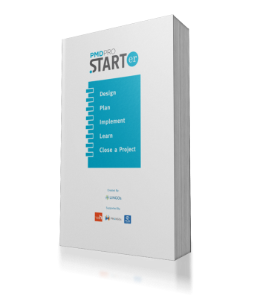Work Breakdown Structure
I want to plan a project...
by organizing project work into manageable components
This tool will enable you to breakdown your project into detailed phases and help you define the importance of each phase.

WHAT is it?
You know what you want to achieve with your project. Now it’s time to get into the detail. The Work Breakdown Structure, or WBS, is a great tool for helping you to define the scope of your project – breaking the work into manageable chunks and enabling you to group these into different work streams.
In the case of UNITAS’ Delta River project, this could be anything from hiring staff and achieving community buy-in, to establishing latrine building and health promotion work.
Invest time here and you and your team will have the overview needed for other, more detailed, phases of project planning, such as providing accurate time and cost estimates.
HOW do I use it?
Boundaries: Starting with your Logframe, and using sticky notes or a flip chart to record inputs, ask your team to brainstorm all aspects of the work that your project will need to cover if you are to meet your objectives. Ask questions. Does this reflect reality? Are we missing anything? Have we recorded all of the project deliverables?
Then work with the team to group the inputs into common areas, then turning each of them into work streams by ranking different elements in order of priority. You now have your WBS. Do this well, and you will have clearly defined project boundaries and be able to avoid ‘scope creep’ – and project delays in the future!
Format: The format of a WBS usually assumes one of two styles: graphic or indented. The graphic version is an easy-to-read visual layout of the relative levels of project work and allows partners and staff to see the relationships between different elements. The indented version does the same but in text form. Either way, it is a means by which an increasing level of detail can be built into a project, providing a comprehensive overview of all activities.
Communicate: Once you have clearly specified the goods and services that need to be delivered, it’s important to ensure that all critical stakeholders (e.g. donors or service users) understand and agree with the project deliverables. You achieve this by sharing your WBS. If you have involved the right people earlier on, your WBS should come as no surprise!
WHEN do I use it?
Your WBS should be completed at the start of the Project Planning phase.
Who is involved?
Tips:
Additional Resources

Supported & Developed by:
Shared by:
Users are free to copy/redistribute and adapt/transform
for non-commercial purposes.
© 2022 All rights reserved.




